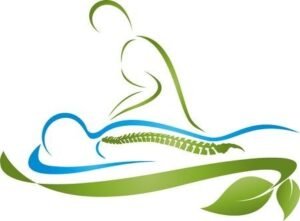Manual Therapy is a specialty within the field of physical therapy and has a key role in the profession of physical therapy. The International Federation of Orthopaedic Manipulative Physical Therapists (IFOMPT) defines orthopaedic manual physical therapy as: “a specialized area of physiotherapy/physical therapy for the management of neuro-musculoskeletal conditions, based on clinical reasoning, using highly specific treatment approaches including manual techniques and therapeutic exercises. Orthopaedic manual therapy also encompasses, and is driven by, the available scientific and clinical evidence and the biopsychosocial framework of each individual patient.”
Manipulation is a highly skilled form of manual therapy where physical therapists perform a high velocity thrust in order to improve mobility or to release a stiff joint.
Spinal Manipulation:
Spinal Manipulation is a therapeutic practice that focuses on restoration, realignment, and mobilization of the spine to promote healing, relieve pain, improve flexibility, enhance posture, and maintain wellness. Spinal Manipulation restores proper alignment through several adjustments and targeted techniques. This workshop enabled participants to upgrade their skills for improving spinal health, leading patients to a better quality of life.
About the Workshop:
The Spinal Manipulation Workshop was organized by HealthNest in Peshawar, Khyber Pakhtunkhwa, and was held at Mehboob Medical Institute. Our workshop was an ideal opportunity for physical therapists to learn safe and effective techniques under the supervision of experienced practitioners (instructors). It provided participants with knowledge and hands-on skills with evidence-based practice. This workshop was led by Dr. Dileep Kumar (PT) – Founder of the Center of Manual Therapy, with five years of experience in the field of Manual Therapy. He is a renowned manual therapy instructor and is currently based in Karachi.
Recap of the Workshop:
The course gave a brief introduction to Manual Therapy techniques as well as the basic concepts of Manual Therapy. The clinical skills training program aimed to improve hand placement, patient and physical therapist position, and how to apply high velocity thrust with care. Participants were taught about indications, contraindications, and application of Spinal Manipulation. It was a two days’ workshop. Participants learned and practiced Manual Therapy techniques specific to the Cervical and Thoracic spine on the first day while focusing on the Lumbar and Sacral spine on the second day. The hands-on practice was performed on a model. The techniques that were taught, learned, and practiced include palpation techniques, mobilization techniques, stretch mobilization techniques, manipulation/chiropractic techniques, MFR techniques, MET techniques, stretching, isometrics, traction, and special tests.


Day 01:
The workshop started with introduction to Manual Therapy and Spinal Manipulation. Day one was divided into two sessions. Session one was about Basics of Cervical including Anatomy, Biomechanics, Bone and Joint movement, Combined movement patterns, Coupled movements, Non Coupled movements, Joints Positions, Convex- Concave Rule, and Physical Examination (Assessment, Special Tests and Diagnosis).
Participants were taught about different techniques on cervical spine starting with Palpation Techniques including the palpation of UCS, LCS, Transverse Processes, and PPVIM. Mobilization Techniques included Upper Cervical Spine Mobilizations (C0-C2), Mid Cervical Spine Mobilizations (C3-C5), Lower Cervical Spine Mobilizations (C3-C7), Central Mobilizations, Unilateral Mobilizations, Piston Technique, Facilitatory Mobilizations for Specific Movements, and SNAG for Specific Movements. Session one also comprises Stretch Mobilization Techniques in Flexion, Extension, Rotation as well as the Hug Technique. Attendees learnt and practiced Manipulations/Chiropractic Techniques on Upper Cervical Spine (C0-C2), Lower Cervical Spine (C0-C2), Mid Cervical Spine (C3-C5), Cervico-Thoracic Spine Manipulations in standing (C7-T1), Cervico-Thoracic Spine Manipulations in prone (C7-T1), Cervical Manipulation in sitting while PT standing at front, Cervical Manipulation in sitting while PT standing at back, and Cervical Manipulation in sitting on stool.
Cervical Traction included Cervical Traction in sitting, supine (with hands), supine (with towel), supine (with belt), and Cervical Traction with physiologic movements. Cervical Special Tests that were practiced are Flexor Endurance test, Extensor Endurance test, Spurling’s test with different angles, Compression test, Slump test, and Distraction test. Other topics that were part of session one are Cervical MFR Techniques for SCM, Scalene, Trapezius, and Levator Scapulae. Techniques like Stretching, Isometrics and MET for SCM, Scalene, Trapezius, Levator Scapulae were also included.
Session two was about Basics of Thoracic including Anatomy, Biomechanics, Bone and Joint movement, Combined movement patterns, Coupled movements, Non Coupled movements, Joints Positions, Convex- Concave Rule, and Physical Examination (Assessment, Special Tests and Diagnosis). Participants learnt how to Palpate Upper Thoracic, Mid Thoracic, Lower Thoracic, Transverse Processes, and PPVIM. Mobilization Techniques that were taught and practiced are Upper Thoracic Spine Mobilizations (T1-T4), Mid Thoracic Spine Mobilizations (T5-T8), Lower Thoracic Spine Mobilizations (T9-T12), Central Mobilizations, Unilateral Mobilizations, Piston Technique, Facilitatory Mobilizations for Specific Movements, SNAG for Specific Movements, Cranial Mobilizations, Lateral Mobilizations, Self-Mobilizations, Stretch Mobilization Techniques, Stretch Mobilization (Flexion), Stretch Mobilization (Extension), Stretch Mobilization (Rotation), Hug Techniques, and Weave Techniques. Manipulations/Chiropractic Techniques included Upper Thoracic Spine Manipulation (T1-T4) in standing, sitting, and prone. Butterfly Technique, and Spring Technique were also practiced. Mid Thoracic Spine included Manipulation (T5-T8) in standing, sitting, and prone as well as the Butterfly Technique.
Manipulations were practiced in Lower Thoracic Spine (T9-T12) in sitting, prone, and the Cupping Technique. Adam’s Forward Bending test, Passive Neck Flexion test, Compression test, Thoracic Foramina Closure test, Slump test, Distraction test are Special Tests for Thoracic Spine that were learnt by the attendees. Other Techniques like stretching, isometrics and MET for Scapular Muscles, Serratus Anterior, Quadratus Lumborum, Levator Scapulae and Thoracic MFR Techniques for Scapular Muscles, Serratus Anterior, and Quadratus Lumborum were practiced.
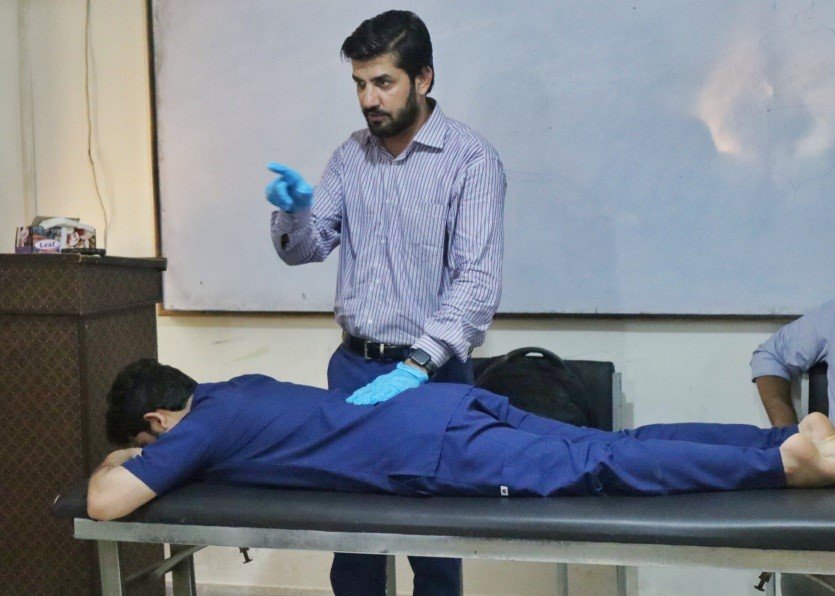

Frequently Asked Questions:
Is spinal manipulation safe?
It is generally considered safe when performed by a trained and licensed professional. Like any other medical intervention, spinal manipulation has its potential side effects and risks. It is important to consult an experienced and qualified physical therapist that will assess and determine the appropriate spinal manipulation for you according to your health conditions. It is important to provide accurate and complete medical history. You can discuss your concerns with your healthcare provider before undergoing spinal manipulation.
Are there any side effects associated with spinal manipulation?
Spinal Manipulation is generally safe but there are some potential risk factors and side effects. It includes temporary soreness, discomfort, and fatigue. Most of these side effects go away within 24 hours. In rare cases, more serious complications can occur including a herniated disc or compression of nerves. Therefore, it is important to go for a qualified practitioner to minimize the risks.
What conditions can be treated with spinal manipulation?
Spinal Manipulation has a secondary role in treating low back pain, neck pain, headaches, and some musculoskeletal conditions such as scoliosis. It is also effective for people suffering from hypomobility, sciatica, and certain types of joint dysfunction. It also restores joint mobility, reduces inflammation, and releases trapped nerves.
How many sessions of spinal manipulations are typically needed?
The number of sessions depends upon the individual, the overall health of the patient, and the condition being treated. There is a significant improvement after a few sessions for some people while others may require continuous and periodic treatment.
Should we go directly for chiropractic treatment (spinal manipulation) without examination?
No, it is not advisable to go for chiropractic treatment without proper examination.
Certificates of Achievement:
Certificates were distributed at the closing ceremony after the successful completion of the Spinal Manipulation Workshop to acknowledge efforts and achievements of truly deserving participants. These certificates met a specific set of standards, boost professional credibility and recognize active participation of the attendees.

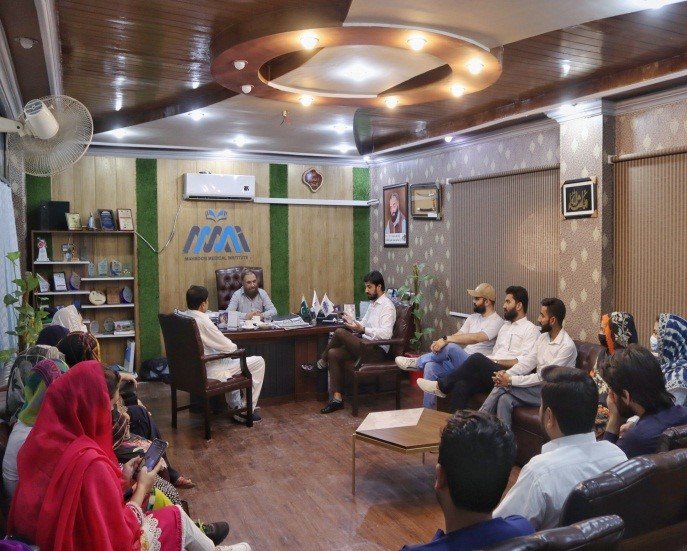
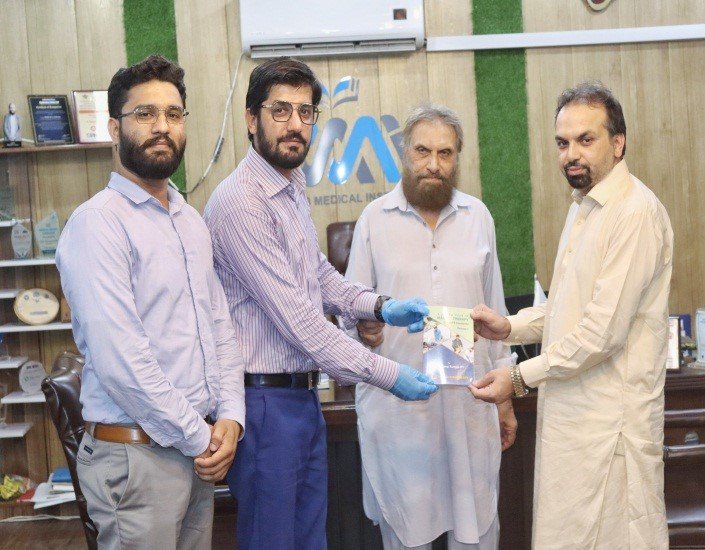
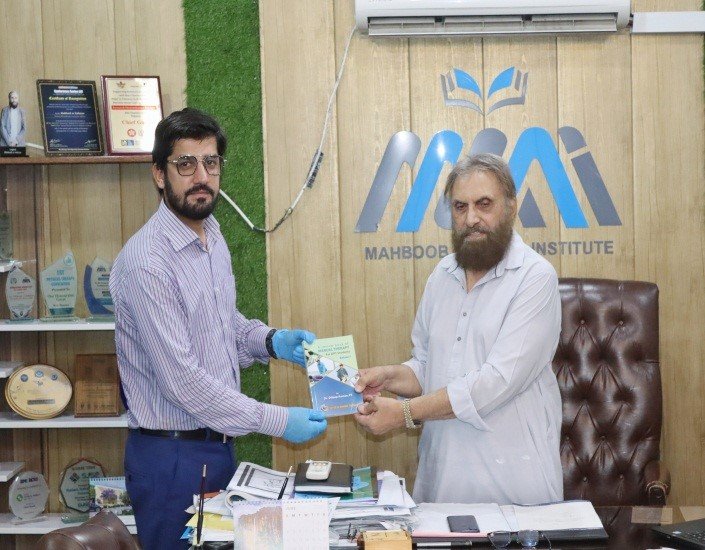
Conclusion:
Workshops for healthcare providers have several benefits that contribute to their personal and professional growth. It helps healthcare professionals stay updated on the advancements in their respective fields. Most workshops focus on clinical practice acquiring new knowledge, and enhancing skills leading to improved patient care. It also helps in networking which extends to valuable collaborations and professional connections.
Our Spinal Manipulation Workshop was highly beneficial for physical therapists and help the participants gain a deeper understanding of how spinal health impacts overall well-being. The event provided attendees with the opportunity to broaden their existing knowledge, acquire new skills, and gain hands-on experience. Spinal Manipulation is an effective treatment of choice; however, it should only be performed by trained professionals.




